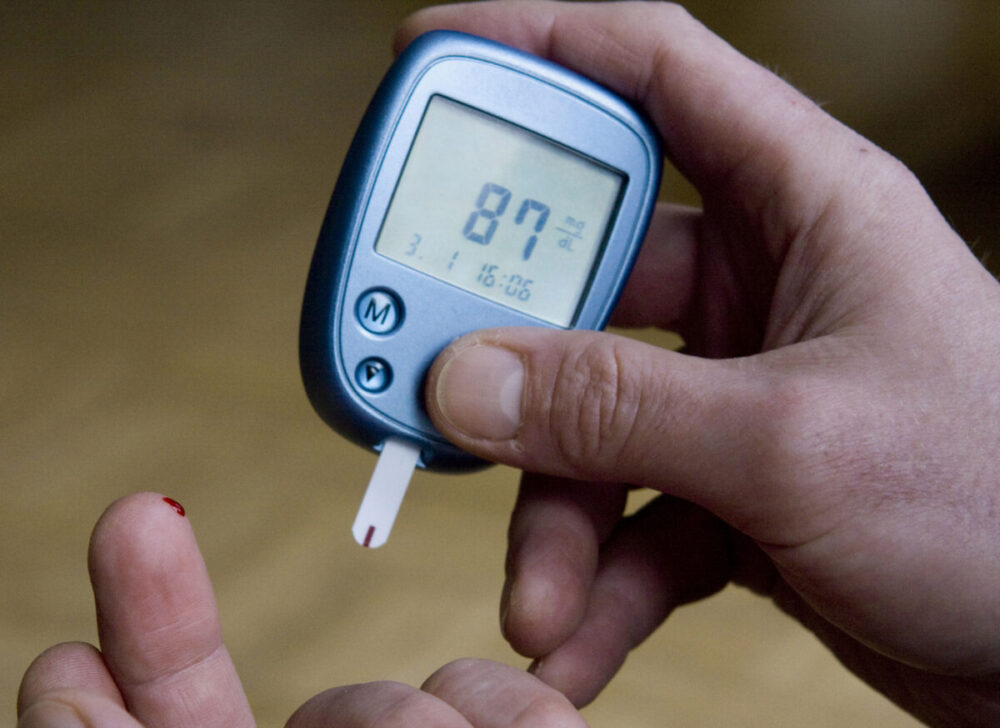
An open sore or ulcer that forms on the feet is one of the most common complications in people with diabetes. That is because diabetes can cause nerve damage, preventing patients from feeling foot pain. Therefore, any cut, blister, or scrape may go unnoticed until it becomes an open sore. Since diabetes is associated with reduced blood flow, an ulcer may take weeks or months to heal fully or may not heal at all. Although foot ulcers are a common diabetes complication, your wound care specialist Tamarac recommends the following tips to reduce risk.
Wear shoes that fit well
Wearing ill-fitting shoes increases the risk of a blister, which can become an open sore in a few days. You want to avoid shoes that are too tight, too small, or too large. Instead, go for shoes that leave an inch of space between your toes and the tip. A good shoe also offers ample arch support. Ensure your foot is measured whenever you buy new shoes because your foot size and width may change over time.
Your socks should be clean, dry, and without tight elastic bands that may restrict blood flow to your legs and feet. Doctors recommend high-heeled shoes because they put excess stress on the front of your foot, elevating your risk of blisters. You also want to avoid walking barefoot or wearing sandals since they expose your feet to sand, concrete, and splinters which may irritate your foot.
Inspect your feet every day

As mentioned above, diabetes can cause nerve damage, preventing patients from feeling foot pain from scratches, cuts, or blisters. For this reason, specialists encourage people with diabetes to inspect their feet daily for cuts, blisters, scratches, and ingrown toenails. Use a mirror to check the soles of your feet since they are a common spot for blisters. It is also crucial to monitor your feet for signs of infections, including swelling, redness, and warmth; seek immediate treatment if you notice these changes.
Lose excess weight
Being overweight places extra pressure on your feet; this can cause your foot to rub against your shoes, leading to cuts and blisters. But losing weight takes the added stress off your feet and reduces your risk of other health problems such as sleep apnea and high blood pressure. If you have problems losing weight, consider seeking help from your healthcare provider. If your weight significantly affects your blood sugar levels, your doctor can discuss the possibility of weight loss surgery.
Monitor your blood sugar

Healthcare providers emphasize the need to monitor blood sugar levels if you have diabetes to ensure they are within a healthy range. With high blood sugar, you have an increased risk of foot complications, including non-healing wounds. You can work with a doctor that specializes in managing diabetes (endocrinologist) to ensure your blood sugar is under control. They advise how often you should test your blood sugar and prescribe insulin medications if necessary.
Book an appointment with your doctor at Advanced Foot, Ankle, & Wound Specialists, PA, to learn more about foot ulcer prevention.
Conclusion
In conclusion, diabetic foot ulcers can cause severe damage, and it is crucial to take preventative measures to minimize your risk. Proper management of blood sugar levels, regular foot care, and proper footwear can go a long way in reducing the incidence of diabetic foot ulcers. Early detection and treatment are critical in preventing complications, such as infection or amputation. If you are experiencing any foot problems, it is essential to consult your healthcare provider to receive the appropriate diagnosis and treatment. By taking proactive measures to care for your feet, you can minimize the risk of diabetic foot ulcers and maintain healthy feet.








